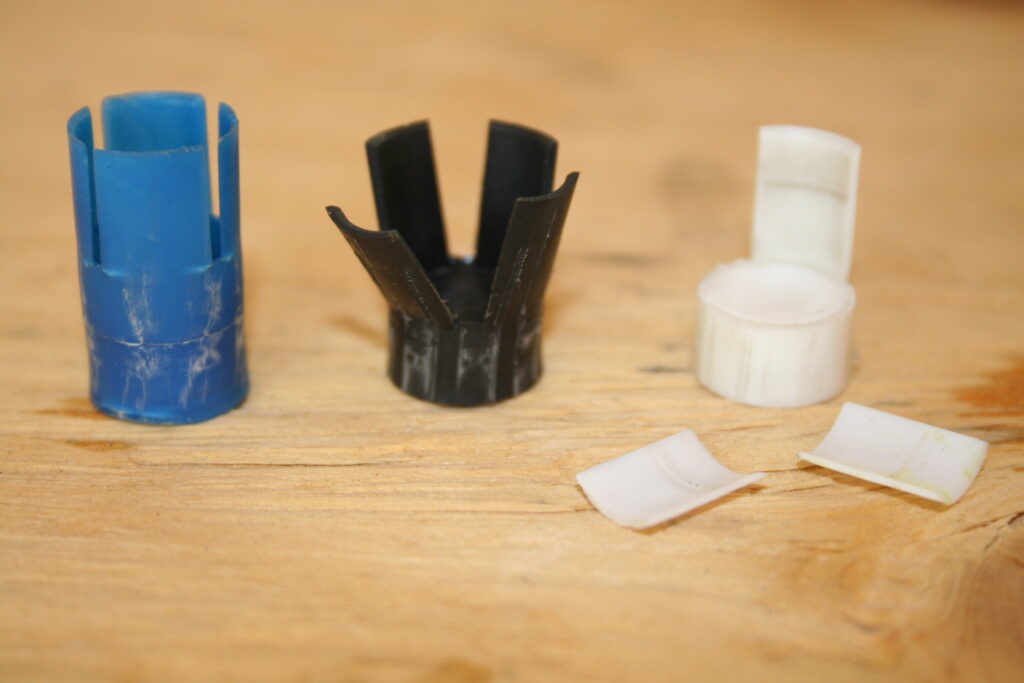Gear
Perfect Pairing: Federal 7mm Backcountry & the Savage 110 Trail Hunter Lite Rifle
December 19, 2025 •Brent Spicer
November 5, 2025
Muzzleloader success comes with consistency; from the amount and type of powder you use to the pressure exerted to seat a bullet. Having a muzzleloader that shoots the “X” every time comes with a mental list of checks and balances. The more you shoot, the easier it becomes, and the more accurate you become. Here are 10 muzzleloader tips to elevate your game.
Tip 1: Start with the obvious and check your scope and mounts. The first time my new Traditions StrikerFire grouped like a shotgun pattern, I assumed the rifle was to blame, only to find that loose screws and a slightly out-of-level mount could ruin everything. Remount, torque the bases to spec, and level the scope before you chase other ghosts.
Tip 2: Keep powder and primers dry. Modern in-line rifles shoot accurately, but old or moisture-compromised powder can cause them to scatter bullets downrange. I once had a remote hunt ruined by powder stored in a cabin for two years. It was challenging to get a two-foot grouping on bullets. If your groups blow up, try a fresh can of powder and swap primer types. Some primers are hotter and build crud rings. Specialty in-line primers for muzzleloaders often give a cleaner, more consistent ignition.

Inspect your sabots every time downrange. Look for consistent rifling marks, intact petals and similar residue on each one. Brad Fenson Photo
Tip 3: Inspect your sabots every time. Sabots tell a story when you pick them up downrange. Look for consistent rifling marks, intact petals, and similar residue on each one. If some sabots look pristine while others are scored deep, you have a consistency problem, and your accuracy will suffer. If petals are missing, you will have consistency issues.
Tip 4: Don’t overlook inconsistent sabots. I found a bad run of sabots in a box and had to drive hours to get replacements and solve the mystery. If you suddenly lose accuracy after buying new gear, consider a bad batch and test different sabot and bullet combos until you find one that behaves the same shot after shot.
Tip 5: Try a sabotage-free option to isolate the problem. PowerBelt-style bullets eliminate the traditional sabot and often group when other combinations do not. If the PowerBelts cluster and your sabot/bullet combos do not, you’ve narrowed the issue to the sabot or its fit.
Tip 6: Watch for crud rings and swab accordingly. On a Texas hunt, I learned the hard way that a visible crud ring two inches down the bore can ruin second-shot accuracy. A quick damp patch followed by a dry patch can remove that ring. Some powders and primers are more prone to creating crud, so swab as needed or change your primer type to one designed for muzzleloaders.
Tip 7: Test multiple components at the range. If a rifle will not group, go through powder types, primer types, bullet weights, and sabot brands methodically. Change only one variable at a time and keep careful notes. The answer is almost always a component mismatch rather than a defective rifle.

If a rifle will not group, go through powder types, primer types, bullet weights and sabot brands methodically, until they are grouping like you want. Brad Fenson Photo
Tip 8: Store powder the right way. Black powder substitutes absorb moisture like a sponge and will change burn rate and consistency. Use a dry box at home and in the field and treat each bottle like precious cargo. I trust an MTM Case Guard Muzzleloader Dry Box for storage and transport.
Tip 9: Mind your loading technique and seating depth. Inconsistent seating can be caused by crud, by crushed petals, or by variations in the sabot. Seat each round the same way and check primers and powder measure for repeatability. Minor differences at the breech become significant differences downrange.
Tip 10: Be patient and methodical when troubleshooting. There are no shortcuts in muzzleloading. Learn your rifle’s preferred combination of powder, primer, sabot, and bullet, and you will save time and frustration in camp. When everything is right, these guns are capable of remarkable accuracy, and when they are wrong, they will teach you a lot about attention to detail.

Muzzleloader seasons provide some of the best opportunities to tag a rut-minded buck. Brad Fenson Photo
